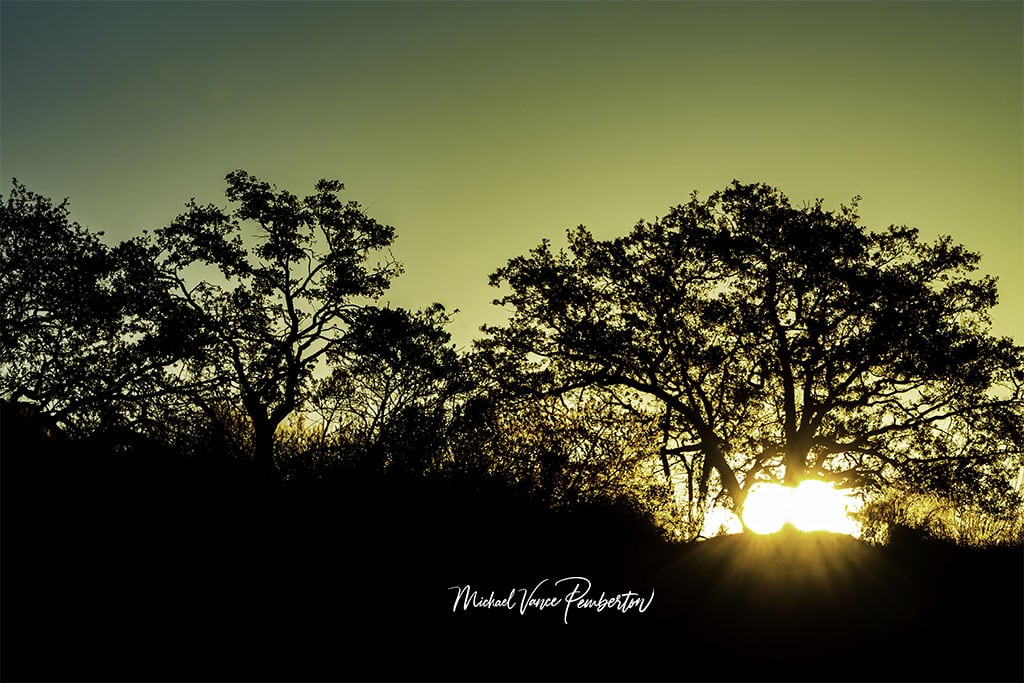
In the digital age, where visual content reigns supreme, the demand for high-quality imagery has never been greater. From websites and social media posts to advertisements and presentations, compelling visuals are essential for capturing attention, conveying messages, and engaging audiences. This is where stock photography plays a pivotal role, providing online marketplaces and content creators with a vast and diverse array of images to meet their needs. Let’s explore the significance of stock photography in today’s digital landscape and the opportunities it presents for creators and consumers.
Stock photography, often called “stock photos,” refers to a collection of professionally curated images licensed for specific uses. These images cover various subjects, including landscapes, people, objects, concepts, and more, allowing businesses and individuals to find the perfect visual assets for their projects. Whether designing a website, creating marketing materials, or producing content for social media, stock photography offers a cost-effective and convenient solution for sourcing high-quality imagery without the need for expensive photoshoots or specialized equipment.
One of the key benefits of stock photography is its accessibility. Finding the right photo has always been challenging, with abundant online marketplaces and platforms dedicated to hosting and selling stock images. From industry giants like Shutterstock and Adobe Stock to niche marketplaces catering to specific themes or styles, content creators can access millions of images at their fingertips, ready to be licensed and downloaded for immediate use. This accessibility saves time and resources and enables creators to find inspiration and discover new ideas for their projects.
Furthermore, stock photography offers unparalleled versatility. Whether you’re a blogger, a marketer, a graphic designer, or a small business owner, stock images can be customized and adapted to suit your specific needs and preferences. With the help of editing software and creative techniques, you can manipulate colors, add text overlays, and incorporate graphics to tailor stock photos to match your brand identity and messaging. This flexibility allows you to create visually cohesive and impactful content that resonates with your audience and reinforces your brand image.
Another advantage of stock photography is its scalability. Whether you’re producing content for a small blog or a multinational corporation, stock images can be licensed for various purposes and across multiple platforms, ensuring consistency and continuity in your visual storytelling. Moreover, with the rise of content marketing and digital advertising, the demand for fresh and relevant imagery is constant, making stock photography an indispensable resource for keeping up with the pace of content creation and distribution.
For photographers and visual artists, stock photography offers an opportunity to monetize their work and reach a broader audience. Photographers can generate passive income from their existing portfolio by licensing their images through stock agencies and marketplaces while retaining ownership and copyright over their work. Furthermore, stock photography provides exposure and recognition for photographers, allowing them to showcase their talent and expertise to a global audience of potential clients and collaborators.
Conclusion:
Stock photography has revolutionized how we create, consume, and share visual content in the digital age. By providing a vast and diverse library of images for online marketplaces and content creators, stock photography enables individuals and businesses to find the perfect visuals for their projects quickly and affordably. Whether telling a story, promoting a product, or building a brand, stock photography offers endless possibilities for creativity and expression, empowering creators to bring their ideas to life and connect with audiences worldwide.


Recent Posts
In shadows cast by love's deceitful guise,He wandered blind, his heart the captive prize.Through realms unknown, where truth remained concealed,He followed trails of falsehood, unrevealed. Blinded...
Prepare to be amazed as the MCAS Cherry Point Air Show returns on May 11-12. This annual event, hosted by the Marine Corps Air Station (MCAS) Cherry Point in North Carolina, promises a weekend of...